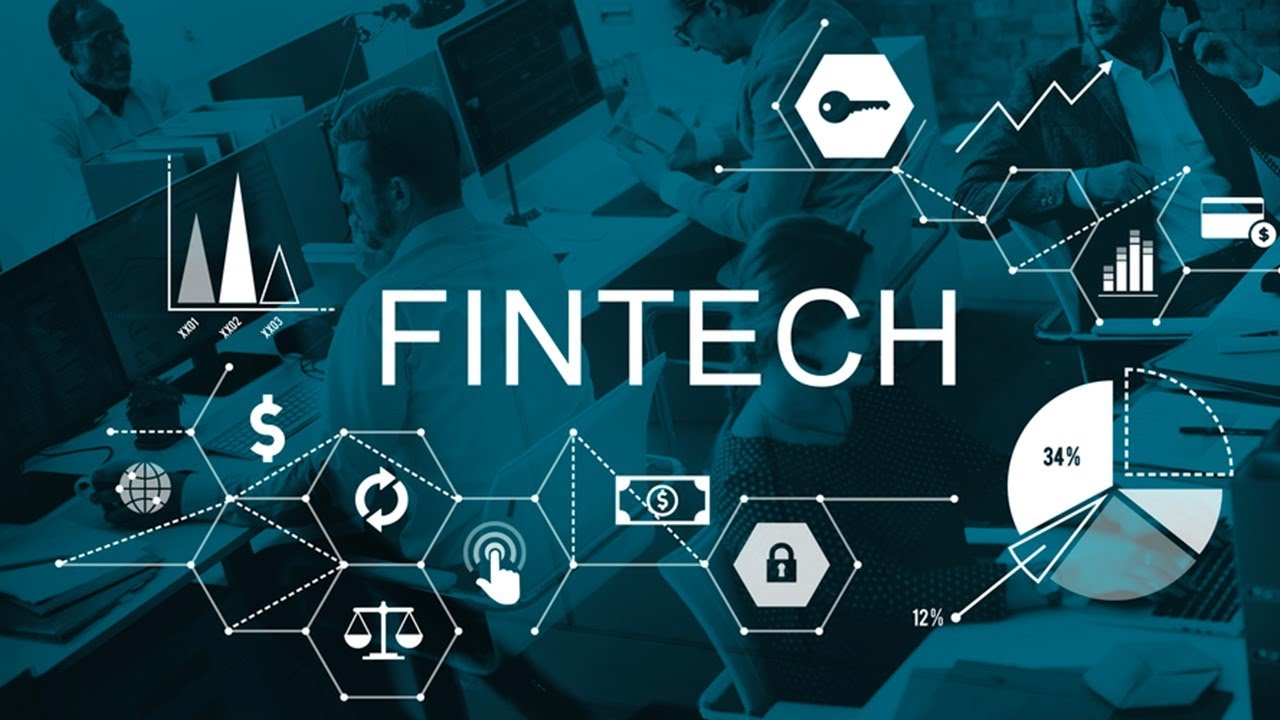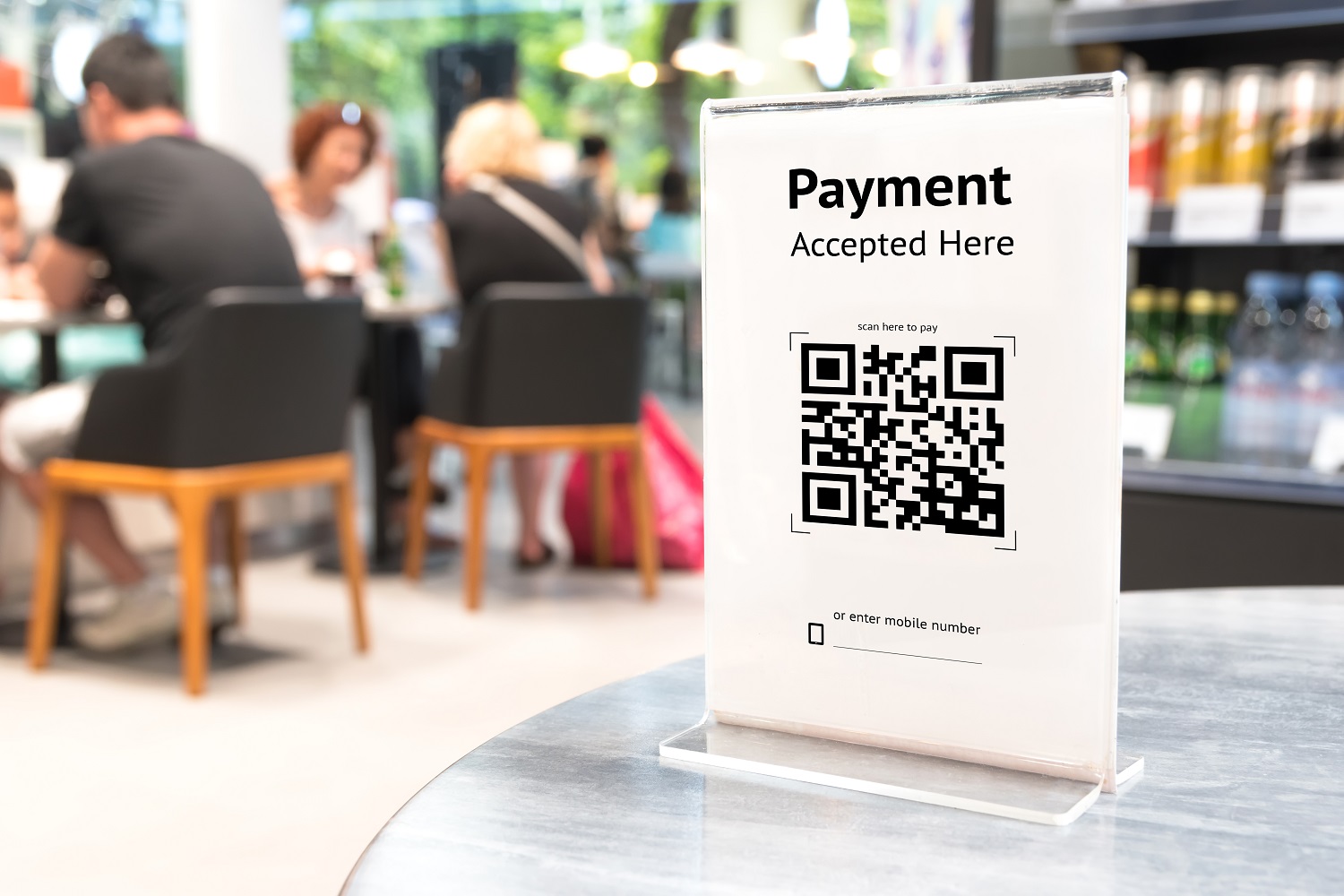Africa’s mobile money revolution represents one of the most remarkable digital transformation stories in modern history. What began as a simple solution to move money via mobile phones has evolved into a comprehensive financial ecosystem that serves over 1.1 billion registered accounts across the continent, processing more than $1.7 trillion in annual transactions. This comprehensive research study examines how mobile money and mobile wallets have fundamentally transformed the way Africans transfer funds, access financial services, and conduct business, while exploring strategic pathways for enterprise adoption across the continent.
The Genesis of Africa’s Mobile Money Dominance
The mobile money phenomenon in Africa emerged from a unique convergence of necessity and innovation. With traditional banking infrastructure severely limited and only 54% of African adults having bank accounts, while mobile phone penetration reached 61% by 2023, a massive opportunity existed to bridge the financial inclusion gap through mobile technology.
Sub-Saharan Africa now hosts nearly 50% of global mobile money accounts, processing $2.5 billion in daily transactions as of 2023, a staggering 19% year-over-year growth that accounts for two-thirds of total global transaction values. This dominance isn’t merely about adoption rates; it reflects a fundamental shift in how financial services are conceived, delivered, and consumed across the continent.
The success story begins with Kenya’s M-Pesa, launched in 2007 by Safaricom in partnership with Vodafone. Within three years, M-Pesa had attracted 9 million customers, representing 40% of Kenya’s adult population. By 2024, M-Pesa processes over $314 billion annually through its network of 51 million customers, demonstrating the exponential growth potential of well-designed mobile money services.
This Kenyan success model quickly spread across the continent, with mobile network operators recognizing the untapped demand for accessible financial services. MTN’s MoMo service reached 35.1 million active customers by 2020, while Orange Money expanded across francophone Africa, and Airtel Money gained traction in East and West African markets.
Understanding Africa’s Mobile Money Ecosystem
The Technology Foundation
African mobile money services primarily operate through Unstructured Supplementary Service Data (USSD) technology, which accounts for 63.5% of total transaction volume in 2024. This choice reflects the practical reality of Africa’s mobile landscape, where feature phones remain prevalent and internet connectivity can be unreliable. USSD enables users to access mobile money services on any mobile phone without requiring smartphone capabilities or internet access.
The simplicity of USSD-based transactions has been crucial to mobile money’s widespread adoption. Users can dial short codes like *115# to access their mobile wallet, check balances, send money, pay bills, and purchase airtime. This accessibility has enabled mobile money to reach rural communities and low-income populations that traditional banking systems never served effectively.
However, the mobile wallet segment is experiencing rapid growth at a CAGR of 16.8% from 2025 to 2033, indicating a gradual shift toward smartphone-based applications as device affordability improves and internet infrastructure expands across the continent.
Transaction Patterns and Use Cases
Mobile money transactions in Africa demonstrate distinct patterns that reflect local economic realities and social structures. Peer-to-peer (P2P) transfers remain the dominant use case, comprising 52.5% of total transaction volume in 2024. These transfers primarily support remittances from urban to rural areas, family support networks, and informal business transactions.
Bill payments represent the fastest-growing segment, projected to expand at a CAGR of 15.1% through 2033. Mobile money has simplified utility payments, school fees, and government services, reducing the need for cash transactions and improving payment reliability for service providers.
Merchant payments experienced remarkable growth, nearly doubling in value from 2020 to 2021 and reaching $100 billion globally in 2024, a 21% increase from the previous year. Sub-Saharan Africa accounts for two-thirds of these merchant payments, highlighting the platform’s evolution from personal money transfers to a comprehensive payment infrastructure.
The emergence of financial services through mobile money platforms represents another significant development. Services like M-Shwari in Kenya offer microloans and savings products directly through mobile wallets, providing credit access to populations previously excluded from formal financial services.
Country-Specific Success Stories and Market Dynamics
Kenya: The Mobile Money Pioneer
Kenya’s M-Pesa success story provides valuable insights into mobile money’s transformative potential. The platform’s growth trajectory shows sustained momentum, with Kenya’s digital payments market projected to grow at a 14.1% CAGR between 2024 and 2028, reaching $14.54 billion by 2028.
The Kenyan government’s supportive regulatory approach, led by the Central Bank of Kenya’s National Payments Strategy (NPS) 2022-2025, has been instrumental in fostering innovation. The mandated interoperability between M-Pesa, Airtel Money, and T-kash enabled seamless fund transfers across platforms, reducing user friction and encouraging broader adoption.
Kenya’s mobile money ecosystem demonstrates economic impact beyond transaction processing. M-Pesa contributed significantly to Kenya’s GDP growth, with mobile money services boosting the country’s economy by approximately 5% according to GSMA data. This economic contribution stems from increased business efficiency, reduced transaction costs, and expanded access to financial services.
Tanzania: Rapid Growth and Innovation
Tanzania’s mobile money market reached $62 billion in transaction value in 2023, reflecting a 33% year-over-year increase that demonstrates the market’s explosive growth potential. The country’s competitive landscape includes M-Pesa Tanzania, Tigo Pesa, and other services that have driven innovation through competitive pressure.
The Tanzanian market illustrates how mobile money adapts to local conditions. Services have integrated with local businesses, schools, and government agencies to create comprehensive payment ecosystems that serve diverse user needs.
Uganda: Peer-to-Peer Transaction Leadership
Uganda recorded $32 billion in mobile money transaction value in 2023, with peer-to-peer transfers alone amounting to $28.6 billion, a 29% increase from the previous year. This data reveals the critical role mobile money plays in Uganda’s informal economy and family support networks.
The dominance of P2P transactions in Uganda reflects the country’s economic structure, where mobile money facilitates informal business relationships, family remittances, and small-scale commercial activities that traditional banking systems cannot efficiently serve.
West Africa: Multilingual and Multi-Currency Challenges
West African mobile money markets face unique challenges related to linguistic diversity and currency fragmentation. Orange Money operates across multiple francophone countries, requiring adaptation to different regulatory frameworks, currencies, and local market conditions.
Despite these challenges, West African markets show strong growth potential. Countries like Ghana and Senegal have achieved high mobile money penetration rates, while Nigeria’s large population presents enormous expansion opportunities for mobile money services.
The Business Impact: Transforming African Commerce
Small and Medium Enterprise Transformation
Mobile money has fundamentally transformed how small and medium enterprises (SMEs) operate across Africa. Before mobile money, many SMEs relied entirely on cash transactions, which created security risks, limited business expansion opportunities, and complicated financial management.
Mobile money platforms now enable SMEs to receive customer payments, pay suppliers, manage cash flow, and access credit facilities through integrated financial services. This transformation has been particularly significant for informal businesses that previously operated outside the formal financial system.
Research indicates that businesses adopting mobile money payment systems experience increased sales, improved customer satisfaction, and enhanced operational efficiency. The ability to accept digital payments enables businesses to serve customers who prefer cashless transactions and reduces the risks associated with handling large amounts of cash.
Agricultural Sector Integration
Africa’s agricultural sector, which employs approximately 60% of the continent’s workforce, has benefited significantly from mobile money integration. Farmers can now receive payments for crops directly to their mobile wallets, access agricultural loans through mobile platforms, and purchase inputs using digital payments.
Mobile money has also facilitated agricultural insurance products that protect farmers against weather-related risks. Insurers can collect premiums and pay claims through mobile platforms, making agricultural insurance more accessible and affordable for smallholder farmers.
Cross-Border Trade and Remittances
Mobile money is increasingly facilitating cross-border transactions within Africa, supporting the African Continental Free Trade Area (AfCFTA) objectives. The AfCFTA promises to unlock $80 billion in annual transaction values by 2025, with mobile money platforms providing the payment infrastructure necessary to support increased intra-African trade.
International money transfer companies have recognized mobile money’s potential for remittance services. Platforms like Afriex enable diaspora communities to send money directly to mobile wallets in Africa with zero fees, competing effectively with traditional remittance services that charge high fees and require physical pickup locations.
Technological Infrastructure and Innovation
API Development and Integration
The growth of mobile money has spurred significant innovation in API development, enabling businesses to integrate mobile payment capabilities into their operations. Companies like pawaPay provide unified APIs that connect to multiple mobile money platforms across Africa, simplifying integration for businesses operating in multiple countries.
These API platforms typically offer:
- Real-time payment processing capabilities
- Multi-country mobile money integration
- Comprehensive transaction reporting and analytics
- Webhook notifications for transaction status updates
- Sandbox environments for testing and development
The availability of robust APIs has enabled fintech innovation across Africa, with developers creating applications that leverage mobile money infrastructure for various use cases including e-commerce, bill payments, and financial services.
Security and Fraud Prevention
Mobile money platforms have implemented sophisticated security measures to protect users and maintain system integrity. These include:
Multi-factor authentication: Combining PIN codes, OTP (One-Time Passwords), and biometric verification where available.
ransaction limits: Daily and monthly limits that balance user convenience with fraud prevention.
Real-time monitoring: AI-powered systems that detect suspicious transaction patterns and flag potential fraud attempts.
Agent network verification: Rigorous verification processes for mobile money agents who handle cash-in and cash-out transactions.
The success of these security measures is evident in mobile money’s excellent fraud prevention record. pawaPay, which has processed nearly 2 billion transactions, reports zero chargebacks with mobile money—a remarkable achievement that demonstrates the platform’s reliability.
Interoperability and Standardization
Interoperability between mobile money platforms has become increasingly important as the ecosystem matures. Kenya’s mandated interoperability between major mobile money services demonstrates the benefits of enabling seamless transfers across different platforms.
Technical standards for mobile money interoperability include:
- Standardized API specifications for cross-platform transactions
- Common security protocols and authentication methods
- Unified user interface standards for consistent user experience
- Regulatory frameworks that support technical interoperability
Business Adoption Strategies for Mobile Money Integration
Understanding the Implementation Framework
Businesses seeking to integrate mobile money capabilities must develop comprehensive strategies that address technical, operational, and customer experience considerations. Successful mobile money adoption requires understanding local market dynamics, regulatory requirements, and user preferences across different African countries.
The implementation framework typically involves several phases:
Market Research and Platform Selection: Businesses must analyze mobile money penetration rates, preferred platforms, and user behavior patterns in their target markets. In Kenya, M-Pesa dominance means businesses must prioritize M-Pesa integration, while markets like Uganda require multi-platform approaches supporting MTN Mobile Money, Airtel Money, and other services.
Technical Integration Planning: API integration requires careful planning to ensure system compatibility, security compliance, and scalable architecture. Businesses should evaluate whether to develop direct integrations with individual mobile money platforms or utilize aggregation services like pawaPay, Cellulant, or Flutterwave that provide unified access to multiple platforms.
Regulatory Compliance: Each African country maintains distinct regulatory frameworks for mobile money services. Businesses must ensure compliance with local financial regulations, data protection laws, and consumer protection requirements. This often involves obtaining necessary licenses, implementing required security measures, and establishing appropriate reporting mechanisms.
E-commerce Integration Strategies
E-commerce businesses can leverage mobile money integration to access Africa’s growing digital marketplace. By 2025, Africa is expected to have over 500 million e-commerce users with a 40% penetration rate, representing enormous growth potential for businesses that can effectively integrate mobile money payment options.
Successful e-commerce mobile money integration involves:
Seamless Checkout Experience: Implementing mobile money payment options that integrate naturally with existing checkout processes. Users should be able to select their preferred mobile money provider, enter their phone number, and complete payments without leaving the merchant’s platform.
Multiple Platform Support: Offering payment options for all major mobile money platforms in target markets. This typically means supporting M-Pesa in Kenya, MTN MoMo across multiple countries, Orange Money in francophone markets, and Airtel Money where available.
Mobile-Optimized Interfaces: Ensuring payment interfaces work effectively on mobile devices, considering that many African users access e-commerce platforms primarily through smartphones with varying screen sizes and internet connectivity speeds.
Financial Services and Fintech Applications
Financial services companies can leverage mobile money infrastructure to deliver innovative products and services to previously underserved populations. This approach has proven particularly effective for microfinance, insurance, and investment services.
Key strategies include:
Embedded Financial Services: Integrating lending, savings, and insurance products directly into mobile money platforms. This approach reduces customer acquisition costs and leverages existing user trust in mobile money platforms.
Data-Driven Risk Assessment: Utilizing mobile money transaction data to assess creditworthiness and develop appropriate financial products. Transaction history, payment patterns, and network effects provide valuable insights for risk management.
Agent Network Utilization: Leveraging existing mobile money agent networks to deliver financial services in areas without traditional banking infrastructure. Agents can provide customer support, assist with account opening, and facilitate service delivery.
Enterprise and B2B Solutions
Large enterprises operating in Africa can benefit significantly from mobile money integration for various business processes including payroll, supplier payments, and customer collections.
Payroll and Employee Benefits: Companies can pay salaries, bonuses, and benefits directly to employee mobile wallets, reducing administrative overhead and improving employee satisfaction. This approach is particularly effective for businesses with large numbers of employees in locations without extensive banking infrastructure.
Supplier and Vendor Payments: Mobile money enables businesses to pay suppliers, contractors, and service providers quickly and efficiently. This improves supply chain relationships and reduces payment processing costs compared to traditional banking methods.
Customer Collections: Businesses can collect payments from customers through mobile money platforms, reducing bad debt and improving cash flow management. This is particularly valuable for utilities, telecommunications companies, and subscription-based services.
Challenges and Opportunities in Mobile Money Adoption
Regulatory and Compliance Challenges
Despite mobile money’s success, businesses face ongoing challenges related to regulatory complexity and compliance requirements. Different African countries maintain varying approaches to mobile money regulation, creating complexity for businesses operating across multiple markets.
Key regulatory challenges include:
Cross-Border Transaction Restrictions: Many countries limit cross-border mobile money transactions, complicating regional business operations and remittance services. Businesses must navigate complex regulatory frameworks to enable cross-border payments.
Know Your Customer (KYC) Requirements: Mobile money platforms must implement robust customer identification processes to comply with anti-money laundering regulations. These requirements can create barriers to account opening, particularly for rural populations without formal identification documents.
Foreign Exchange Controls: Currency conversion and cross-border fund flows are subject to central bank regulations that can limit mobile money’s effectiveness for international transactions.
Infrastructure and Technology Challenges
While mobile money has succeeded despite infrastructure limitations, ongoing challenges continue to affect service quality and expansion potential.
Network Coverage and Reliability: Mobile money services depend on telecommunications infrastructure that may be unreliable in rural areas. Network outages can prevent users from accessing their mobile wallets, creating customer frustration and limiting service adoption.
Agent Network Management: Mobile money platforms rely on agent networks for cash-in and cash-out services. Managing these networks effectively requires significant operational investment and ongoing quality control measures.
Digital Literacy: Many potential mobile money users lack the digital skills necessary to use mobile money services effectively. This challenge requires ongoing education and user support programs.
Opportunities for Innovation and Growth
Despite challenges, mobile money in Africa presents enormous opportunities for continued innovation and growth.
Integration with Emerging Technologies: Blockchain technology, artificial intelligence, and Internet of Things (IoT) applications can enhance mobile money services. These technologies can improve security, enable new service offerings, and create more sophisticated user experiences.
Financial Services Expansion: Mobile money platforms can serve as foundations for comprehensive financial services ecosystems including investment products, insurance services, and business financing solutions.
E-commerce and Digital Economy: Growing e-commerce adoption creates opportunities for mobile money platforms to become central components of Africa’s digital economy infrastructure.
Future Outlook and Strategic Recommendations
Market Projections and Growth Trends

Africa’s mobile money market is projected to continue its remarkable growth trajectory. The market size is estimated to grow from $951.41 million in 2025 to $3.66 billion by 2033, representing an 18.32% CAGR that reflects sustained momentum across multiple market segments.
Key growth drivers include:
Smartphone Adoption: Increasing smartphone penetration enables more sophisticated mobile money applications and services, supporting the transition from USSD-based services to app-based platforms.
Internet Infrastructure: Improved internet connectivity enables real-time transaction processing, enhanced security features, and integration with global payment networks.
Government Support: Supportive government policies, regulatory frameworks, and digital transformation initiatives create favorable conditions for mobile money growth.
Strategic Recommendations for Businesses
Businesses seeking to capitalize on Africa’s mobile money revolution should consider the following strategic recommendations:
Develop Comprehensive Mobile Money Strategies: Rather than treating mobile money as a single payment option, businesses should develop integrated strategies that leverage mobile money for customer acquisition, retention, and service delivery.
Invest in Local Market Understanding: Success in African mobile money markets requires deep understanding of local conditions, user preferences, and regulatory requirements. Businesses should invest in local partnerships and market research to inform their strategies.
Prioritize User Experience: Mobile money success depends on delivering superior user experiences that meet customer needs effectively. This requires ongoing investment in user interface design, customer support, and service reliability.
Embrace Innovation and Experimentation: The mobile money landscape continues evolving rapidly, creating opportunities for businesses that can innovate effectively. Companies should maintain experimental approaches to new technologies and service offerings.
Policy and Regulatory Considerations
Policymakers across Africa should consider regulatory frameworks that balance innovation promotion with consumer protection and financial stability. Key considerations include:
Interoperability Mandates: Requiring interoperability between mobile money platforms can increase user convenience and market competition while reducing switching costs.
Cross-Border Payment Facilitation: Simplifying regulatory frameworks for cross-border mobile money transactions can support regional trade and economic integration objectives.
Digital Identity Infrastructure: Developing comprehensive digital identity systems can reduce KYC barriers while maintaining security and compliance requirements.
Conclusion: Mobile Money as Africa’s Digital Foundation

Africa’s mobile money revolution demonstrates how technological innovation can address fundamental economic challenges and create new opportunities for growth and development. With over 1.1 billion registered accounts processing more than $1.7 trillion annually, mobile money has become essential infrastructure for Africa’s digital economy.
For businesses seeking to operate effectively in African markets, mobile money integration is no longer optional it’s essential for reaching customers, processing transactions, and delivering services efficiently. The platforms, technologies, and expertise now exist to support sophisticated mobile money implementations that can transform business operations and customer experiences.
The continued growth of mobile money across Africa presents unprecedented opportunities for financial inclusion, economic development, and technological innovation. Organizations that understand and leverage these opportunities effectively will be positioned to benefit from Africa’s digital transformation and contribute to the continent’s continued economic growth.
As mobile money evolves from basic money transfer services to comprehensive financial platforms, the potential for positive impact continues expanding. The foundation has been established; the future depends on how effectively businesses, governments, and technology providers build upon this remarkable achievement to create even more inclusive and innovative financial services for Africa’s growing population.
The mobile money revolution in Africa is far from complete it’s just beginning to realize its full potential as the foundation for the continent’s digital economy transformation.
This research study is based on analysis of industry data, market reports, and case studies from across Africa’s mobile money ecosystem. For businesses seeking to implement mobile money solutions, iMali provides comprehensive payment intelligence and integration support to help enterprises succeed in Africa’s dynamic digital payments landscape.









